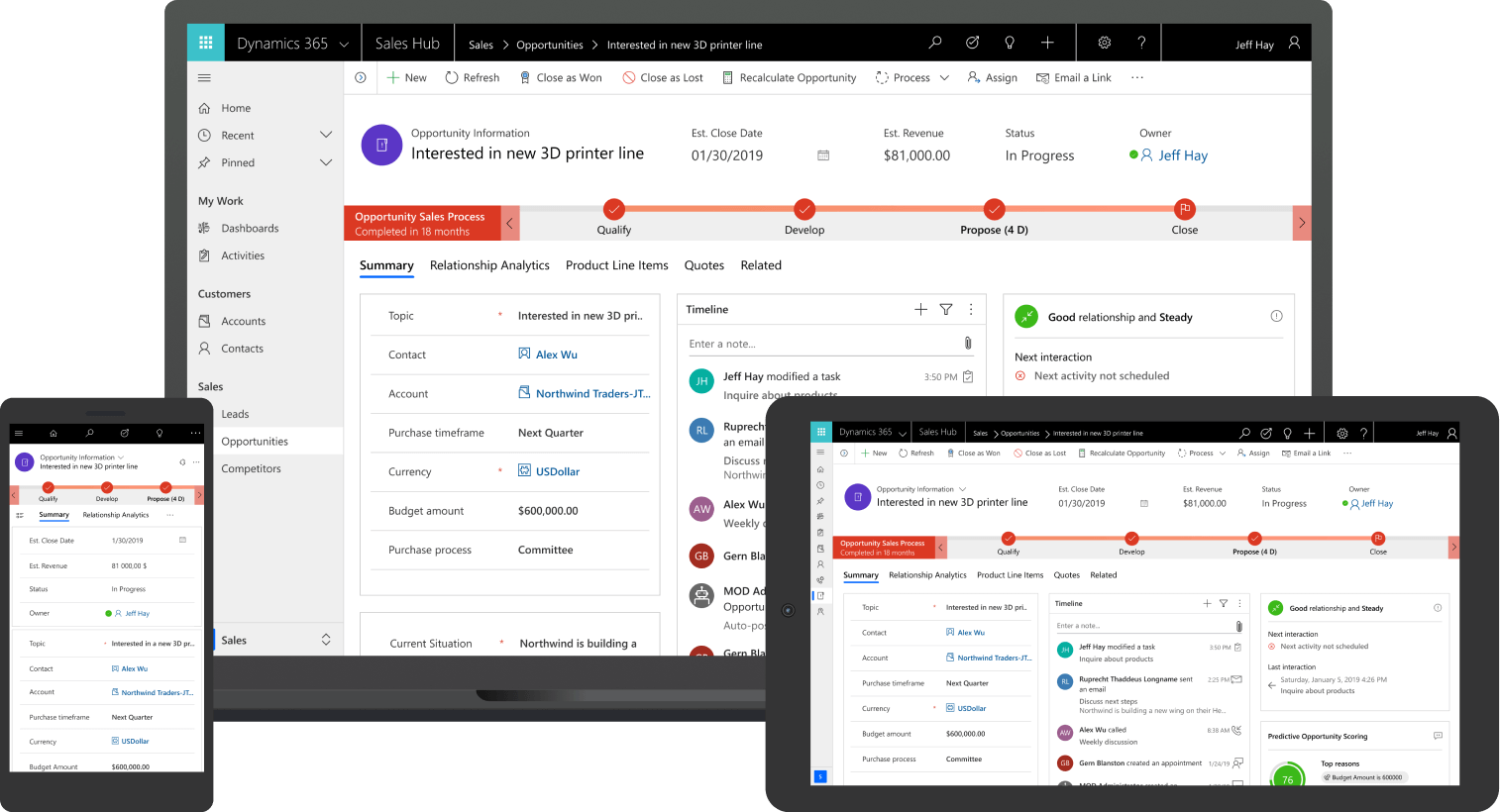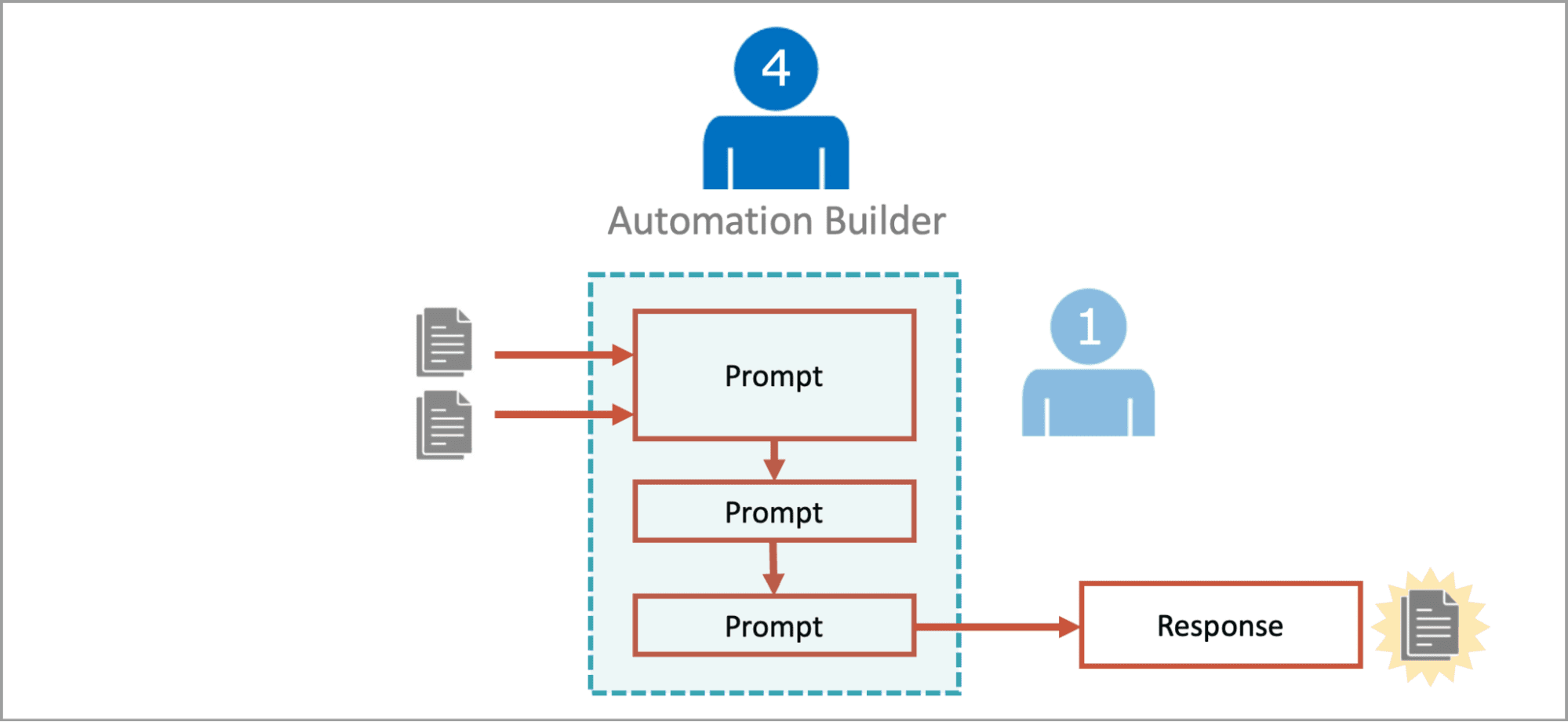A Comprehensive Guide to PCR Cabinets: Installation and Maintenance
Polymerase Chain Reaction (PCR) technology plays a crucial role in molecular biology, enabling scientists to amplify specific DNA sequences for research, diagnostics, and biotechnology applications. In laboratories
Polymerase Chain Reaction (PCR) technology plays a crucial role in molecular biology, enabling scientists to amplify specific DNA sequences for research, diagnostics, and biotechnology applications. In laboratories, ensuring the integrity of PCR processes is vital, and this is where PCR cabinets come into play. These specialized cabinets provide a controlled, contamination-free environment for conducting PCR reactions. This guide will delve into the importance of PCR cabinets, as well as their installation and maintenance requirements.
What is a PCR Cabinet?
A PCR enclosure is a laboratory device intended to minimize sample contamination during the amplification process. PCR is a highly sensitive process that can be easily compromised by contamination from DNA or other particles in the environment. PCR cabinets, therefore, create a sterile workspace by incorporating features such as UV light sterilization, airflow control, and containment areas for reagents and samples.
PCR cabinets are typically equipped with a HEPA (High-Efficiency Particulate Air) filter to trap particles as small as 0.3 microns, providing a clean environment. The cabinets also often feature a UV light that sterilizes the work area before and after PCR runs to reduce cross-contamination risks. With these features, PCR cabinets ensure that results are reliable and reproducible.
Types of PCR Cabinets
1. Class II Biosafety Cabinets
Class II biosafety cabinets are the most commonly used type for PCR work. They provide a combination of laminar airflow, HEPA filtration, and UV sterilization. These cabinets ensure that both the samples and the operator are protected from contamination.
2. Laminar Flow Hoods
These enclosures maintain a clean, regulated atmosphere by channeling constant airflow through a HEPA filtration system. Laminar flow hoods are more cost-effective than Class II biosafety cabinets and are suitable for PCR applications that do not require biosafety containment. However, they lack some of the containment features necessary for handling infectious agents or hazardous materials.
3. PCR Workstations
Compact and cost-effective, PCR workstations are tailored for use in polymerase chain reaction procedures. These are ideal for labs with limited space and budgets. They still include important features such as UV lights for decontamination and HEPA filtration but may not offer the same level of protection as biosafety cabinets.
Installation of PCR Cabinets
Installing a PCR cabinet requires careful planning to ensure optimal performance and safety. Here are the steps to follow for proper installation:
1. Select an Appropriate Location
PCR cabinets should be installed in a clean, well-ventilated area. Ideally, they should be placed away from direct airflow sources, such as air conditioning vents or open windows, as these can disturb the laminar flow of air within the cabinet. It’s also important to choose a location that allows for easy access to power sources for any equipment that will be used within the cabinet.
2. Ensure Proper Power Supply
PCR cabinets require a stable power supply to function effectively. Ensure the electrical outlets are grounded and can support the electrical needs of the cabinet, including any UV light or fan systems. In some cases, cabinets may require dedicated circuits to prevent overloading and ensure smooth operation.
3. Test Airflow and UV Light Functionality
Once the PCR cabinet is installed, check the airflow system to ensure it is functioning as expected. Verify that the HEPA filter is properly installed and effectively trapping contaminants. Additionally, test the UV light to ensure it’s operating at the right intensity for sterilization. Most cabinets have an airflow indicator and a UV light timer to help monitor these functions.
4. Check for Vibration and Noise
PCR cabinets are sensitive to vibration, which can impact the accuracy of PCR reactions. Ensure that the cabinet is installed on a stable surface free from vibrations. In addition, check that the cabinet does not produce excessive noise, which could be a sign of improper installation or malfunctioning components.
Maintenance of PCR Cabinets
Maintaining PCR cabinets is essential to prolong their lifespan and ensure continued reliable performance. Regular maintenance helps prevent contamination risks and keeps the equipment running efficiently.
1. Regular Filter Replacement
The HEPA filters in PCR cabinets must be replaced periodically to maintain their efficacy. The frequency of replacement depends on the cabinet's usage, but it is generally recommended every 6-12 months. Over time, the filters become clogged with particles, reducing airflow and increasing the risk of contamination. Be sure to adhere to the manufacturer's instructions regarding filter changes.
2. UV Light Maintenance
UV lights are crucial for decontaminating the PCR workspace. Nonetheless, ultraviolet lamps gradually diminish in efficiency with continued use. It is recommended to replace UV bulbs every 1-2 years, even if they are still functioning. Always use appropriate protective equipment, such as gloves and safety glasses, when replacing UV bulbs to avoid exposure to harmful UV radiation.
3. Cleaning and Decontamination
Routine cleaning of the PCR cabinet is essential to prevent the accumulation of dust and particles that could compromise PCR results. Clean all internal surfaces using a gentle, disinfecting solution that does not cause abrasion. It’s also a good idea to run the UV light for 15-30 minutes before and after each PCR session to sterilize the work surface.
4. Airflow System Checks
To ensure proper airflow, inspect the fan and ventilation system regularly. Dust and debris can accumulate in these components, reducing their efficiency. Periodically clean the fans and vents to maintain optimal airflow and prevent overheating of the cabinet.
5. Calibration and Performance Testing
Conduct periodic performance testing of the PCR cabinet to ensure it is functioning as intended. This may involve checking airflow speed, UV light intensity, and the operation of the filtration system. Calibration must follow the manufacturer's specifications and be documented to support quality control efforts.
Conclusion
PCR cabinets are an indispensable tool for maintaining a contamination-free environment during PCR experiments. Proper installation and regular maintenance are essential to ensure that these cabinets function at their best, providing reliable and accurate results. By following the recommended installation procedures and performing routine maintenance tasks, furniture laboratorium can safeguard their PCR processes and ensure the integrity of their research.





















































































































































